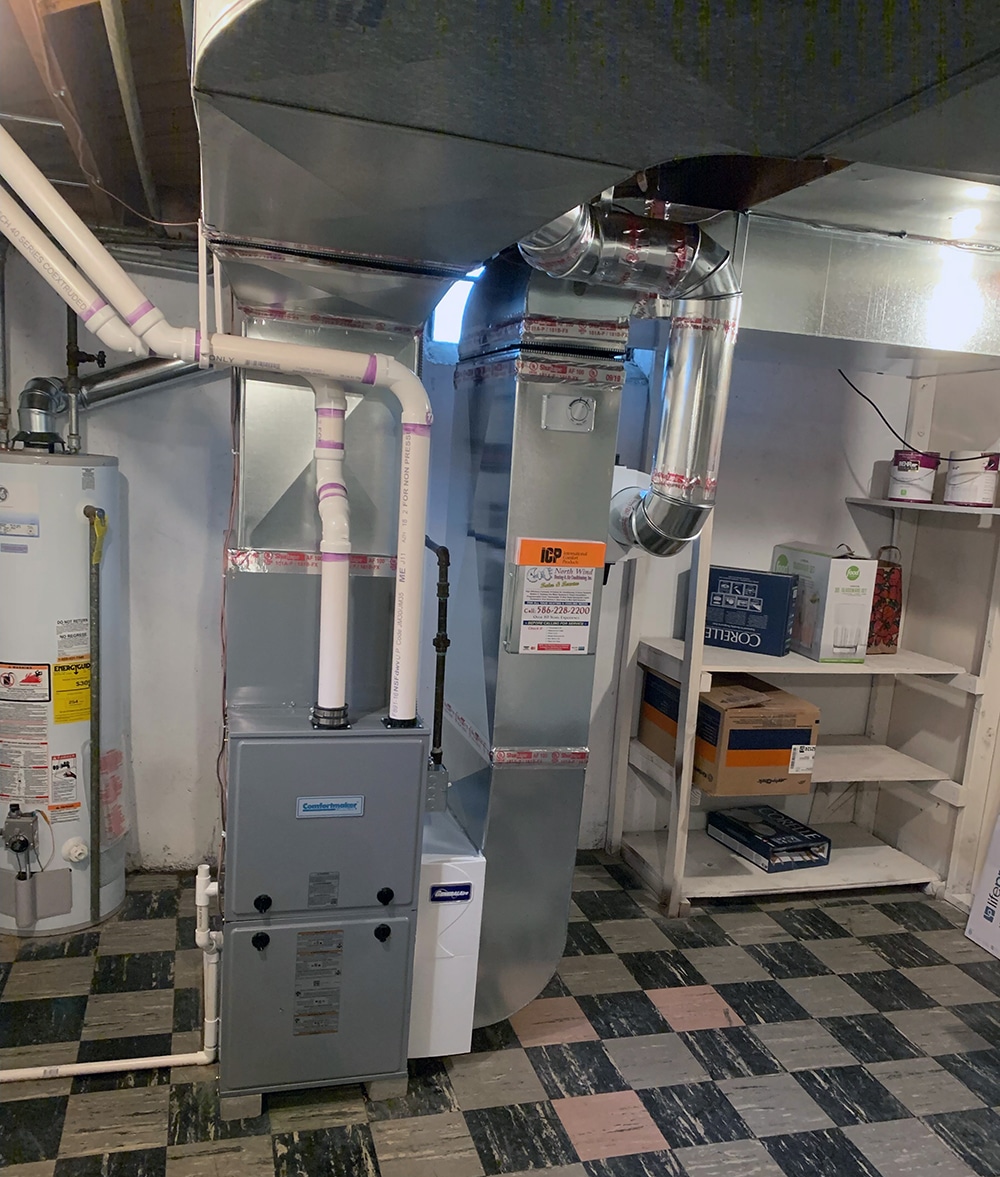The Ultimate Overview to Furnace Installation for a Cozy Home
Heating system installation is a critical facet of keeping a comfortable home environment, particularly during the colder months. As you think about these elements, the concern continues to be: what steps can you take to ensure your heating system serves you well for years to come?
Types of Heaters

Gas heating systems are the most common option as a result of their performance and reduced operational expenses. They use natural gas or propane, supplying fast home heating and regular performance, making them ideal for colder environments.
Electric heating systems, while typically simpler to set up and keep, have a tendency to have greater functional costs. They are frequently favored in areas where gas solution is inaccessible or for homes with existing electric infrastructure.
Oil furnaces, though less typical today, continue to be a practical option in certain regions. They melt heating oil, which can be beneficial during colder months, however their dependence on oil delivery positions prospective difficulties.
Additionally, there are high-efficiency designs readily available across these types, which can substantially decrease power usage and energy expenses - furnace installation. Ultimately, comprehending these heater types will help home owners choose a system that lines up with their home heating needs, budget plan, and energy choices
Picking the Right Size
Selecting the proper size for a heating system is critical to guaranteeing optimum efficiency and energy efficiency. A small heating system will battle to preserve comfortable temperature levels during the cool months, bring about boosted deterioration, higher power bills, and possible system failure. Conversely, a large furnace might cycle on and off as well often, leading to ineffective home heating and uneven temperature level circulation within the home.
To identify the right heating system size, a computation referred to as the Manual J tons calculation must be executed. This process reviews numerous factors, consisting of the square footage of the home, insulation degrees, window dimensions, and neighborhood climate problems. This thorough evaluation makes certain that the heater meets the particular home heating needs of the room.

Setup Process Introduction
Gathering the essential tools and products is essential for a successful furnace setup. Correct preparation ensures that the installment process is reliable and lessens the possibility for mistakes.
Secret devices called for include a drill, screwdrivers, wrenches, pliers, and a level. A multimeter is vital for electric links, while a pipeline cutter and adjustable wrench are essential for gas line installation. In addition, a tape step and a stud finder will help in making sure accurate positioning and safe and secure attachment of the furnace.
In terms of materials, you will need ductwork, insulation, and sealing tape to make sure ideal air movement and energy effectiveness - furnace installation. It is likewise crucial to have a brand-new heating system filter accessible, along with airing vent materials, such as PVC pipe or metal flue, depending upon the sort of heater being installed
Safety and security equipment, including gloves, safety glasses, and a face mask, is also vital to safeguard against dirt and debris throughout installation. Having all these tools and products easily available not just simplifies the procedure however also enhances the safety and security and efficiency of the heating system setup.
Upkeep Tips for Long Life
To make certain the longevity of your heating system, it is necessary to carry out a regular maintenance timetable that resolves key components of the system. Beginning by replacing or cleansing the air filter each to three months, as a clogged filter can limit air read the article flow and lower performance. Additionally, inspect and clean up the blower setting up to avoid dirt buildup that can hinder efficiency.
Following, examine the thermostat settings and alter if required to ensure precise temperature regulation. check that Examine the ductwork for leakages or blockages, as this can result in power loss and irregular heating. Consistently lubricate the electric motor and bearings according to the producer's recommendations to decrease wear and tear.
Expert evaluations should take place annually, where a qualified technician can assess the heating system's general problem, look for gas leaks, and guarantee that security attributes are functioning correctly. Ultimately, take into consideration mounting a programmable thermostat to enhance power usage and keep regular home temperatures. By adopting these maintenance methods, you can boost your furnace's performance, extend its life-span, and eventually take pleasure in a cozy and comfortable home setting.
Conclusion

Comments on “Need furnace repair? Count on our HVAC company to get your system running efficiently”